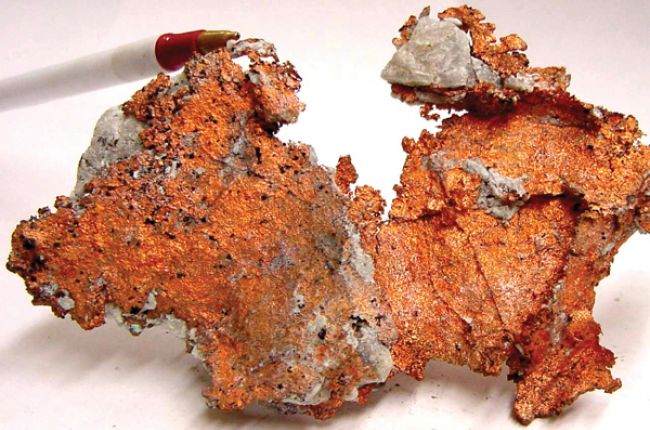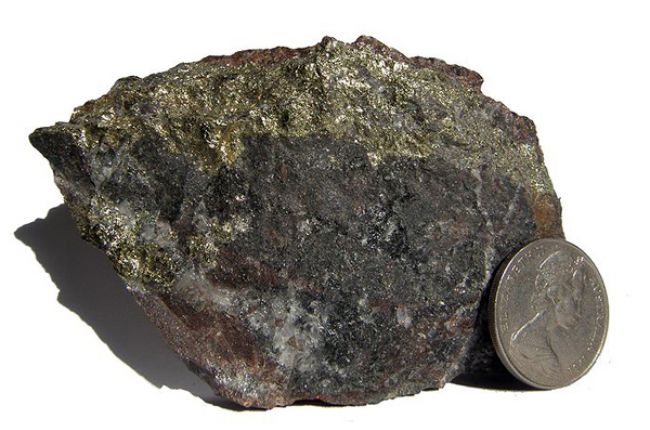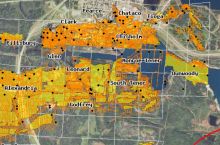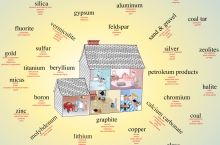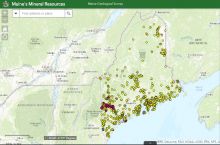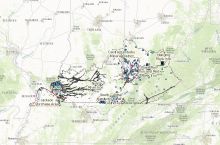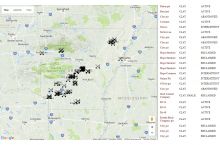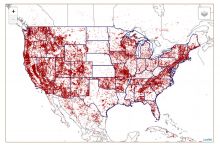Metals occur in many different geologic settings around the world. If enough metal is concentrated in one place to be of economic value, it is called an ore deposit. Well-known metals include copper, iron, gold, aluminum, manganese, and platinum, but nearly all of the sixty or so metals in the periodic table have practical uses. Geoscientists know that different types of ore deposits occur in areas where particular types of geologic processes have taken place.
Why do metals matter?
Metals are central to our economy and our culture. Without metals, modern technology would not be possible. Electrical wiring, cars, modern buildings, appliances, and consumer electronics could not exist. For each resident of our country, the United States uses hundreds of pounds of metals per year including iron, aluminum, copper, lead, zinc, and dozens more.[1] Many 'critical minerals' used in today's high-tech world are metals.
How does geoscience help inform decisions about metal resources?
Geoscientists study the natural formation of metals in the Earth; explore for and locate metal ore deposits; help determine how to mine them economically, safely, and with minimal environmental impact; help protect water and ecological resources around the mines; and help reclaim disturbed land after mining.
References
1How many pounds of minerals are needed for each person in the U.S. per year? AGI Critical Issues Program, www.americangeosciences.org/critical-issues/faq/how-many-pounds-minerals-are-required-average-person-year
Learn More
Introductory Resources
- Metal Mining and the Environment (Booklet), American Geosciences Institute
Provides basic information about the mining cycle, from exploration for economic mineral deposits to mine closure. The booklet discusses the environmental aspects of metal mining and illustrates the ways science and technology assist in preventing or reducing environmental impacts.
Resources for Educators
- Education Resources Network, AGI's Center for Geoscience & Society
Search for metal resources in: Professional Resources, Organizations, Curricula & Instruction
- NGSS Performance Expectations, Next Generation Science Standards
K-ESS3-1, 4-ESS3-1, MS-ESS3-1, HS-ESS3-1, HS-ESS3-2, 2-PS1-2, 2-PS1-3, HS-PS2-6
- NGSS Disciplinary Core Ideas, Next Generation Science Standards
ESS3.A, PS1.A


